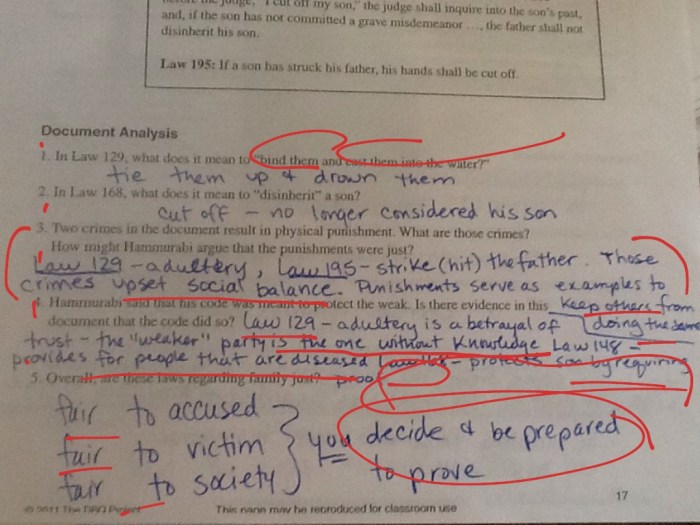Introducing the Philippine Annexation Mini Q Answer Key, an indispensable resource that delves into the complexities of the Philippines’ annexation by the United States. This key provides concise and authoritative answers to frequently asked questions, shedding light on a pivotal chapter in Philippine history.
As we embark on this historical exploration, we’ll delve into the events leading up to the annexation, the key provisions of the Treaty of Paris, and the impact of the Philippine-American War. We’ll also examine the structure and policies of American colonial rule and the rise of the Philippine nationalist movement.
Historical Context

The annexation of the Philippines by the United States was a significant event in the history of both countries. The process was complex and multifaceted, with a number of key events leading up to it. One of the most important was the Spanish-American War, which began in 1898.
The United States had long been interested in acquiring the Philippines, which were then a colony of Spain. The war gave the United States the opportunity to do so, and the Treaty of Paris, which ended the war, ceded the Philippines to the United States.
Treaty of Paris
The Treaty of Paris was signed on December 10, 1898, and it ended the Spanish-American War. The treaty included a number of provisions, including the cession of the Philippines to the United States.
The treaty was a major turning point in the history of the Philippines. It marked the end of Spanish rule and the beginning of American rule. The treaty also had a significant impact on the relationship between the United States and the Philippines.
Philippine-American War

The Philippine-American War was a conflict that lasted from 1899 to 1902. The war was fought between the United States and the Filipino people, who were fighting for their independence.
The war was a bloody and costly affair, and it resulted in the deaths of hundreds of thousands of Filipinos. The war also had a significant impact on the Philippines, both economically and socially.
American Colonial Rule
The United States ruled the Philippines for nearly 50 years. During this time, the United States implemented a number of policies that had a significant impact on the Philippines.
These policies included the establishment of a public school system, the construction of roads and bridges, and the development of a modern economy. The United States also introduced a number of social and cultural changes, such as the introduction of Christianity and the English language.
Philippine Independence

The Filipino people fought for their independence from the United States for many years. In 1946, the Philippines finally gained its independence.
The Philippines has been an independent country for over 70 years. During this time, the Philippines has made significant progress in terms of economic and social development.
Question Bank: Philippine Annexation Mini Q Answer Key
What were the key provisions of the Treaty of Paris?
The Treaty of Paris (1898) ceded the Philippines, Guam, and Puerto Rico to the United States, marking the end of the Spanish-American War.
What were the causes of the Philippine-American War?
The Philippine-American War (1899-1902) erupted due to the Philippine resistance to American annexation, fueled by nationalist sentiments and the desire for independence.
What were the main policies of American colonial rule in the Philippines?
American colonial rule in the Philippines (1898-1946) implemented policies such as the establishment of a centralized government, economic reforms, and the introduction of English as the official language.